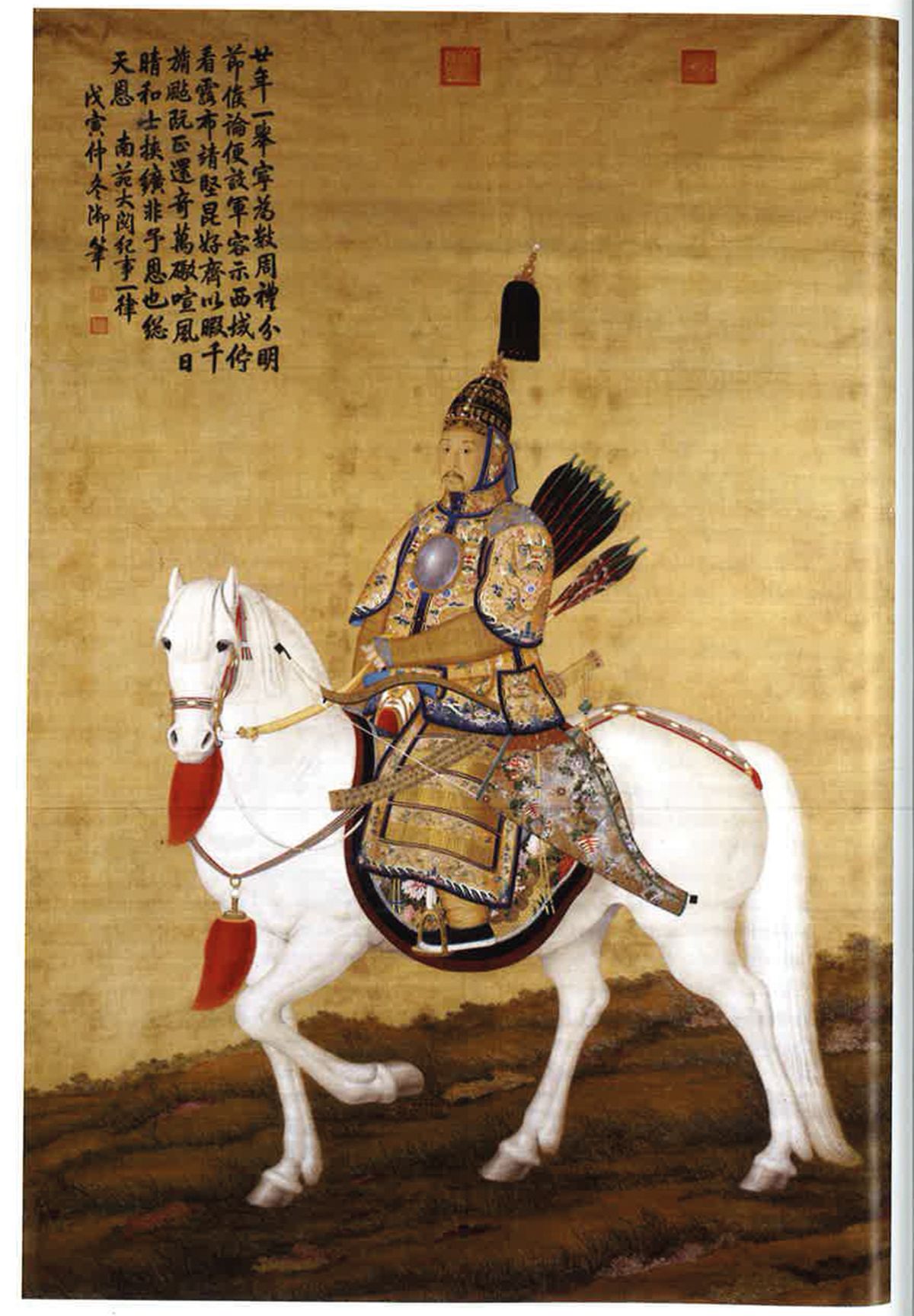Qing Encounters examines interactions in visual culture between China and the West in the long 18th century (1680-1830). Many books look at the impact of Qing (1644-1912) culture on Europe, but here the encounters are considered from both an Eastern and Western perspective. Ways of ordering information are as individual as fingerprints and here 16 essays are arranged in four parts: collection and display; knowledge and information exchange between China and the West; modes and meanings of (adopted) techniques of representation; and Chinoiserie, Européenerie, hybridity.
Jonathan Hay’s lively introduction outlines the scope of the essays and, lest we think everything is a fusion of cultures, he reminds us that some art forms, such as Qing literati painting, were unaffected by Western encounters. Hay notes that the three major points at which the Qing Empire encountered European regimes were at the capital, Beijing, at the southern port city of Guangzhou and at the Mongolian-Russian border. These geographical sites of encounter are examined throughout the book. A Western desire for Chinoiserie embraced the visual cultures of China, Japan and South Asia, while the counterbalance—a taste for all things European in China, Euroiserie—included paintings, architecture, gardens and objects from South Asia and the Middle East, as well as from Europe. There were exchanges of natural plant specimens as well as of images, objects and texts, which cumulatively had a profound effect on the visual worlds of China and the West. The movement of people such as merchants, diplomats and, of course, missionaries—particularly the Jesuits—were crucial in facilitating these material exchanges.
Richard Vinograd writes about both real spaces of encounter, such as Chengde (the summer retreat), and virtual spaces—the European vignettes on porcelain and copper enamelware. Anna Grasskamp discusses methods of displaying foreign artefacts, giving a fascinating example of an armillary sphere. Kristel Smentek is one of several authors who re-evaluate the role of elaborate mounts that have been applied to Chinese porcelain in Europe since Tudor times. Mei Mei Rado considers the role European silks played at the Qing court. The Qianlong emperor incorporated silks from Spitalfields and Lyons in his costume and equipment.
John Finlay discusses the reception in France of views of “the Versailles of Peking” (Yuanming Yuan or Old Summer Palace). The palace is examined from many angles in this volume, but I particularly enjoyed learning from
Che-Bing Chu and Yuen Lai Winnie Chan about the transportation of European seeds to China and their use by learned botanists to create Western gardens within the Summer Palace, which in many ways paralleled the introduction of specimens from China at Kew Gardens in London.
The French production of the Qianlong battle prints are discussed in several chapters and from many angles that complement each other well. Ya-Chen Ma and Marcia Reed explain the introduction of copperplate engraving to China as a result of the commission. Yue Zhuang contrasts Matteo Ripa’s views of Jehol (Chengde) with the 36 views of Bishu Shanzhuang. The underlying emptiness of the Chinese composition, where clouds, river and sky are voids, contrasts with the areas of cross-hatching and infill of Ripa’s images. Kristina Kleutghen looks at works with a central vanishing point in Chinese art and goes beyond imperially commissioned works to examine Suzhou prints and other popular images. Lihong Liu discusses shadows in Chinese art. Castiglione’s use of dark patches on the face of the Kangxi emperor could have been misread as dirt—unthinkable in the image of the Son of Heaven.
In the final section, Yeewan Koon focuses on reportage views of street life in a Chinese city. They added to the growing number of first-hand accounts of China and published images. Greg Thomas argues that the Brighton Pavilion must be viewed as a kind of performance art or installation. Stacey Sloboda suggests that interest in China was not limited to Europe, but extended to the colonial Americas, the Ottoman Empire and Persia. The wallpaper and fittings in the dressing room at Saltram House in Plymouth are an extraordinary example of the height of English interest in Chinoiserie. From Jennifer Milam, we learn of Chinoiserie in Russia under Peter the Great. This book is a delight to read and the essays open up many new ways to investigate East-West relations, through both tangible material culture and texts.
• Jessica Harrison-Hall is the head of the China section at the British Museum, London
Qing Encounters: Artistic Exchanges between China and the West
Petra ten-Doesschate Chu and Ning Ding, eds
Getty Research Institute, 320pp, $55 (pb)


